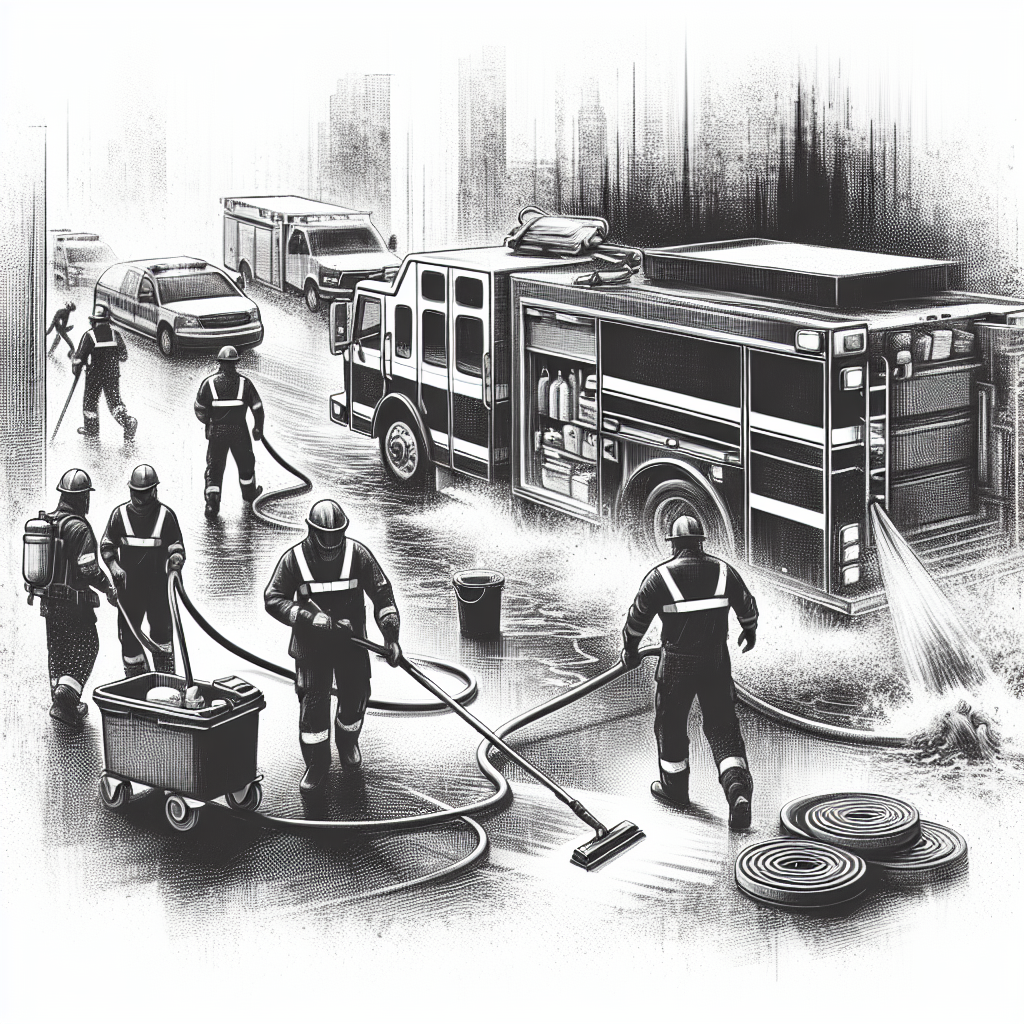Discover the critical importance of having well-defined emergency cleaning protocols in place to effectively respond to unforeseen disasters like floods, fires, or biohazards. In this insightful post, you'll learn the significance of swift action and how established protocols can guide you through damage control, safety assurance, and restoration efforts. Explore the key components of successful emergency cleaning plans, including clear communication strategies, comprehensive team training, and the importance of maintaining ample emergency supplies. Stay prepared and proactive by regularly reviewing and updating your protocols to align with evolving industry standards. Equip yourself with the knowledge and tools needed to handle emergencies confidently and protect both your team and the spaces you clean. Make sure you're always ready to tackle unexpected challenges head-on.
When it comes to emergency cleaning protocols, being prepared can make all the difference in the world. Whether facing a sudden flood, fire damage, or biohazard situation, having a well-thought-out plan in place is crucial. As a seasoned cleaning professional, you understand the importance of swift and effective action in these critical moments. Let's delve into why emergency cleaning protocols matter and how you can ensure you're always ready to tackle unexpected challenges.
The Significance of Emergency Cleaning Protocols
Emergencies can strike at any time, catching you off guard. Having established cleaning protocols specifically tailored for such scenarios can help you respond promptly and efficiently. These protocols serve as a roadmap, guiding you through the necessary steps to mitigate damage, ensure safety, and restore the affected area to its pre-emergency state.
Tip: Regularly review and update your emergency cleaning protocols to reflect any changes in equipment, products, or best practices.
Key Components of Effective Emergency Cleaning Protocols
-
Clear Communication Channels: Ensure all team members know their roles and responsibilities during emergencies.
-
Proper Training: Equip your team with the necessary skills and knowledge to handle different types of emergencies.
-
Emergency Supplies: Maintain a well-stocked inventory of cleaning supplies and personal protective equipment for immediate use.
"In times of crisis, a well-prepared cleaning team can be the unsung heroes, restoring order and safety amidst chaos."
Pro Tip: Conduct regular drills and simulations to practice the execution of your emergency cleaning protocols and identify areas for improvement.
The Impact of Timely Response
The ability to respond quickly to emergencies can significantly reduce the extent of damage and associated costs. By having robust emergency cleaning protocols in place, you can minimize downtime, protect property assets, and most importantly, ensure the well-being of occupants in the affected space.
In conclusion, prioritizing emergency cleaning protocols is not just about being prepared for the unexpected???it's about safeguarding your team, your clients, and your reputation. By staying proactive and vigilant, you can navigate through emergencies with confidence and professionalism.



